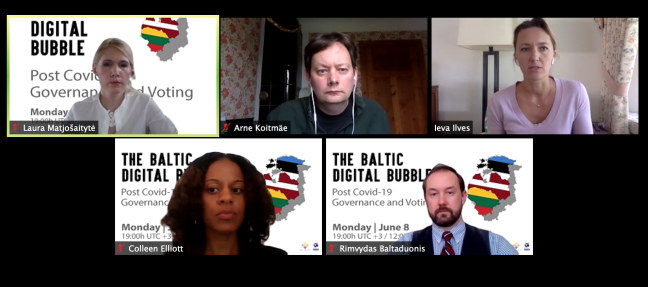Estonia is sharing the software source code the country uses for electronic voting, to enable voters to verify the system. The software runs on top of X-Road, the country’s eGovernment services backbone and records exchange. Other countries could reuse the code, the new head of Estonia’s State Electoral Office tells the Commission’s open source observatory (OSOR). But it won’t be easy.
“Nothing prevents others taking the codebase and using it for elections in other countries,” says Arne Koitmäe, head of the Electoral Office. “The system is built to be scalable, and as universal as possible. But you still have to create a legislative basis, have political will, a public debate and create trust. You will also need to overcome technological obstacles such as voter authentication and electronic voter lists. You cannot just take an electronic voting system and run it: you need to prepare first.”

Estonia has been sharing the source code for its electronic voting system for years. The project, entitled I-Voting, is available under the Creative Commons 3 licence.
Mr Koitmäe talked about I-Voting and X-Road on 9 June, at an online conference (The Baltic Digital Bubble: post Covid-19 governance and voting) which brought together electoral commissions from Lithuania and Estonia, and the digital policy advisor to the Latvian president. Participants discussed ways to reduce the impact of the Covid-19 pandemic on the planning of elections.
Convenient
Estonia has been using I-Voting for general elections since 2005. According to Mr Koitmäe, over 40% of voters now use it. In an emailed press statement following the conference, he explains that I-Voting helps get voters engaged, giving them freedom and flexibility to choose when and where to vote.
“[It] does not directly increase participation,” the head of the Estonian Electoral Office is quoted as saying. “Our studies show it is gender- and age-neutral, and does not influence people’s political preferences. The method saves citizens time and money, and is especially convenient for emigrants and persons with disabilities. If casting a physical vote takes longer than 30 minutes, the voters are more likely to vote online, which averages three minutes.”
On 30 June, the parliament of Lithuania adopted a proposal to allow voting over the internet. The country is to hold a general election on 11 October.
More information:
Recording of the event
Lithuanian Leaders, conference website

